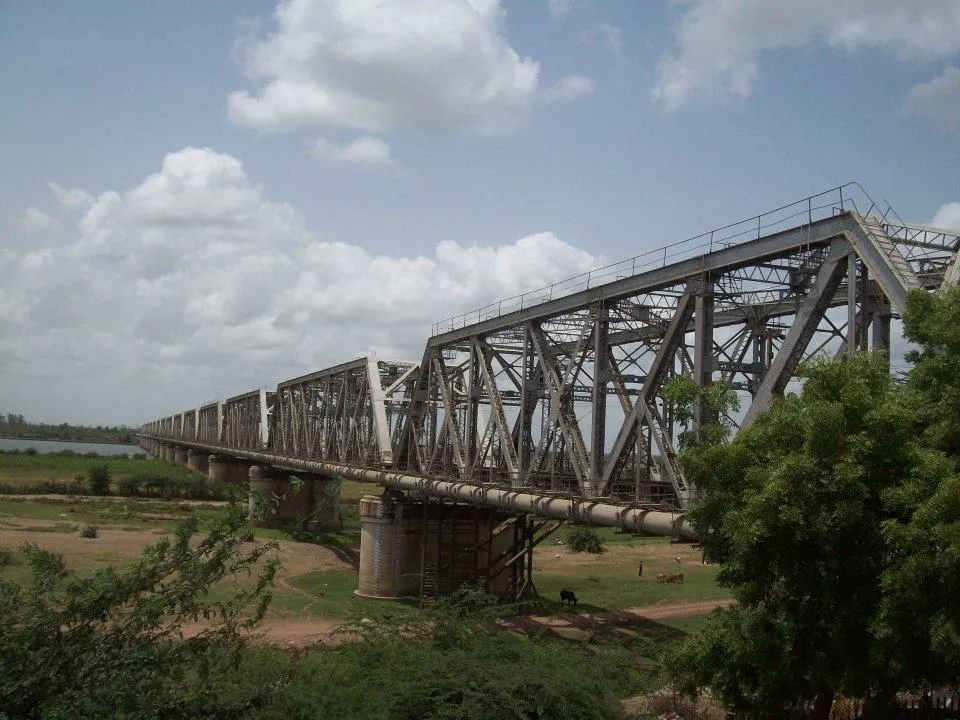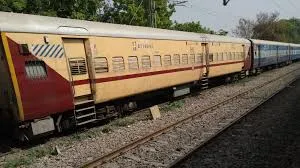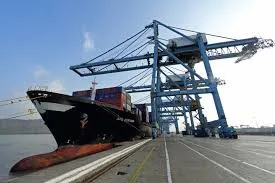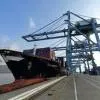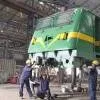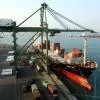Jari Heino, Trimble’s VP & GM, Structures Division explains Connected Construction and how Trimble is committed to supporting the industry in its transition towards it...
What is Connected Construction and is the global construction industry ready for it?
The construction industry is undergoing a radical transformation with complete and end-to-end digitalization of all workflows and operations, including onsite operations. We are moving towards a whole new approach to construction, named ‘Connected Construction’, which unifies the people, processes, and phases involved in each project by using cutting-edge hardware, software, and high-speed Internet and other services. It is a whole new way of executing a project as it simultaneously connects the digital world of modeling, imagery, measurement, and data with the physical world of contractors, work crews, equipment, and the jobsite.
Currently, only a handful of construction industry processes are digitalized, and they operate in distinct silos with completely ad-hoc sharing or transfer of data from one software to another. However, we have seen the shift towards Connected Construction accelerate over the last couple of years, driven to a large extent by the raging global pandemic and continued labour shortages, two factors that havetogether forced many construction workflows and processes to go completely digital. This has made the industry aware about the potential of data-centric construction practices to transform their businesses for the better.
As we move towards broader adoption of Connected Construction, we will see a seamless integration and a fully digital, optimised workflow from project planning and design to its actual onsite construction. As a global leader in construction technology, Trimble is committed to help and support the industry in its transition towards Connected Construction. We wish to make Connected Construction accessible and affordable for even the smallest players in the industry.
What do construction firms need to do to be prepared for Connected Construction?
The good news here is that many digital construction techniques have already been widely adopted over the last decade by project teams of nearly every kind. For construction firms, a transition to Connected Construction is not dependent on the adoption of any new technologies for task-based work, but rather on improving the utilization of construction data that is already available.
In fact, the goal of improving collaboration between stakeholders is achievable through the utilization of open platforms, like Quadri and Connect,which allow multiple parties to access models and data, regardless of the tools used to create that data. In this scenario, engineering data can directly inform fabrication, earthworks and installation. Similarly, all work in the field - such as metric tons of material moved on a worksite - can inform ERP systems and accounting without manual reporting on clipboards.
As such, for most construction firms, preparing for Connected Construction requires little more than an attitude shift in standardizing their data storage and data sharing. Now that project owners are becoming more aware of how gaps in data flow impact team performance and project delivery, this attitude shift is also gathering momentum in many construction firms.
Sustainable construction around the world is driven by BIM. When will it be mainstream? Are any green shoots worthy of being highlighted right away?
We believe that sustainable construction is no longer a choice anymore, rather it has become a prerequisite. We are already seeing many federal or national governments, including France, UK, and Sweden, starting to require CO2 declarations from designers and contractors.As more countries join this list, we believe that carbon performance management will be part of value engineering of any construction in the future. These mandates will also speed up the demand for digital solutions from players like Trimble that in turn can help construction companies achieve full compliance with these new requirements.
BIM can be a strong driver as well as enabler to achieve these sustainability requirements. At Trimble one of our green shoots is the collaboration with a best of breed automated life cycle assessment software called One Click LCA. Integrating our Tekla Structures software with One Click LCA our clients can use the constructible Tekla model and calculate the carbon footprint at any phase of the project and deliver accurate final declaration to the authorities. In addition, Tekla Structures helps to minimize the material waste and reduce unnecessary rework.
Trimble is in fact driving the digital transformation of construction by enabling improvements in productivity, quality, transparency, safety as well as environmental impact. While the pandemic has sped up the digitalization, the climate change crisis has in turn sped up the government requirements on carbon footprint calculations. As a technology company we want to enable our clients to achieve both in the most effective and efficient way possible.
AI-led automation is a hot topic in various industries. Do you believe it has the potential to disrupt the construction industry as well?
As we just discussed, the construction industry is undergoing a major disruption with an ever-growing reliance on digitalized data and automation. While this disruption is comparable to other industries; construction industry still stands apart from other industries as it is much more fragmented and less optimized than most. We therefore believe that while this disruption in the construction industry may take longer time, however, it will be more fundamental disruption including a complete rethinking of where actual value is created in construction, and which organizations are creating this value.
Artificial Intelligence and Machine Learning will no doubt play a key role in this transformation. There are huge amounts of routine tasks in construction that can either be automated, or done earlier or later in the process, or even repeated several times for optimization purposes - with little or no additional cost. While the tasks productivity improvements will themselves be huge over time, but an even bigger impact for the industry will come from process-side automation.
Today, the construction industry mostly works with manual, document-based information deliveries. All tasks often result in a lot of mistakes and different teams and individuals have siloed thinking with long reaction times. All this leads to cost and schedule overrun and suboptimal quality. With data and automation, the industry's complex processes will become connected, understandable, managed, and streamlined. This will take some time, but many construction firms are already on full speed with their digital transformation.

